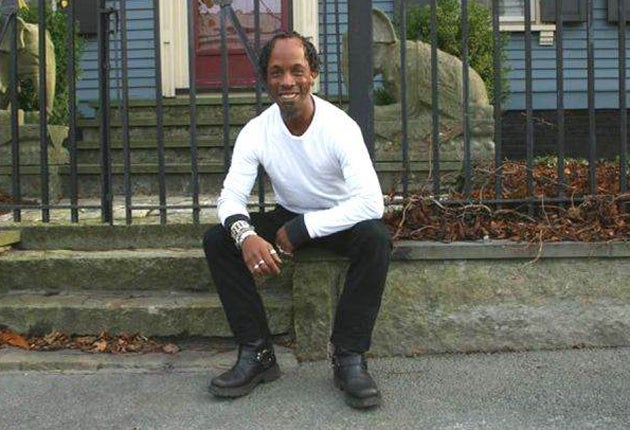Mystery of Aids immunity may be solved

It has remained a medical mystery for nearly 20 years. Scientists now believe they are close to understanding why a tiny proportion of people with HIV can live for many years without succumbing to Aids.
The insight could lead to new and better ways of developing vaccines against HIV because it offers hope of a natural immunity to the virus that could be exploited as a viable alternative to the existing drugs used in antiretroviral therapy.
A genetic scan of nearly 1,000 people from around the world, who have remained healthy despite being infected with HIV, has revealed the small differences in their DNA that can lead to big increases in their chances of avoiding Aids.
Researchers estimate that about one in 300 people infected with HIV do not progress to Aids because of a natural immunity. Their immune systems are able to keep the virus in check, preventing HIV from overwhelming the body's defences and limiting its ability to be transmitted from one person to another.
Scientists originally called these patients "long-term non-progressors", but as many of them did eventually succumb to Aids researchers re-named those that continued to remain healthy as "HIV controllers", because of their ability to control HIV by suppressing it to levels that often fall below the limits of ordinary scientific detection.
The findings are encouraging for the development of vaccines because they tell scientists how the immune system might be manipulated to fend off HIV.
The latest study involved an exhaustive genome-wide scan involving a million measurements of the DNA of HIV controllers from around the world. They were compared against the genomes of 2,600 ordinary HIV patients, which revealed significant differences in the DNA responsible for a vital protein of the immune system called HLA-B – already known to defend the body against viruses.
The study found that the HLA-B protein of HIV controllers differed by just five amino acids – the building blocks of proteins – and that these changes occurred at the "binding pocket" of the protein, the site on the molecule that locks on to invading viruses in order to alert the immune system of a viral attack.
"We found that, of the three billion nucleotides in the human genome, just a handful make the difference between those who can stay healthy in spite of HIV infection and those who, without treatment, will develop Aids," said Bruce Walker, director of the Ragon Institute at the Massachusetts General Hospital in Boston.
"Understanding where this difference occurs [in the genome] allows us to sharpen the focus of our efforts to ultimately harness the immune system to defend against HIV," said Dr Walker, one of the co-leaders of the international study published in the journal Science.
Paul de Bakker of the Broad Institute in Cambridge, Massachusetts, another co-author, said: "Earlier studies showed that certain genes involved with the HLA system were important for HIV control. But they couldn't tell us exactly which genes were involved and how they produced this difference. Our findings take us not only to specific protein, but to a part of that protein essential to its function."
Dr Walker emphasised that the discovery is not like a "light switch" that turns someone into an HIV controller. It is one factor among several that increases the chances of someone being able to survive for many years with HIV and not antiretroviral treatment, he said.
"We've identified a major determinant but there are other factors that will influence the pathway. We've not identified the precise mechanism to explain HIV controllers but we know that of all the genetic influences involved, this is by far the most important," Dr Walker said.
Case study: Diagnosed in 2003 – but virus is at bay
Doug Robinson, 46, from Truro, Massachusetts, is one of hundreds enrolled in the study of "HIV controllers" – the small proportion of infected people whose immune systems appear to keep the Aids virus in check without the help of drugs.
He was diagnosed in November 2003 but, despite having never received antiretroviral therapy, he has been able to keep HIV levels in his blood in check, according to his doctors.
By this stage of the infection, and without anti-HIV drugs, Mr Robinson would normally be expected to have high levels of the virus in his bloodstream – a "viral load" of about 50,000 copies of the HIV. Instead, Mr Robinson has fewer than 50 copies, which suggested to his doctors that there was something fairly unique about his immune system.
"After my diagnosis, a friend told me that I am here for a purpose, that I could be a link to something that could be beneficial, and I felt like I had a responsibility to put myself out there," Mr Robinson said. "I feel it's my responsibility no matter what I do to put that to use. When I'm long gone, and the dust has blown over me, I hope to leave something, a positive contribution."
Join our commenting forum
Join thought-provoking conversations, follow other Independent readers and see their replies
Comments